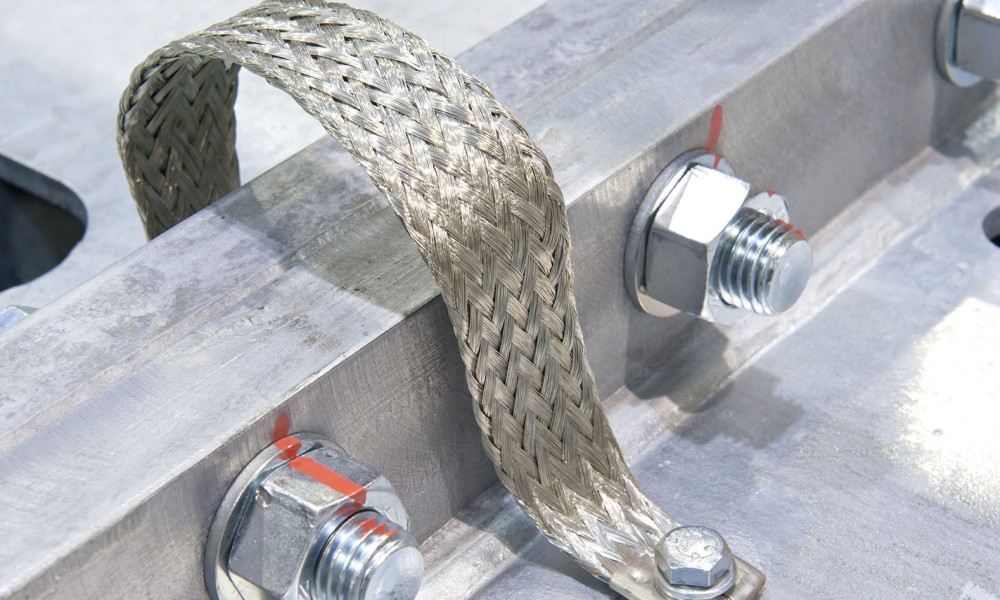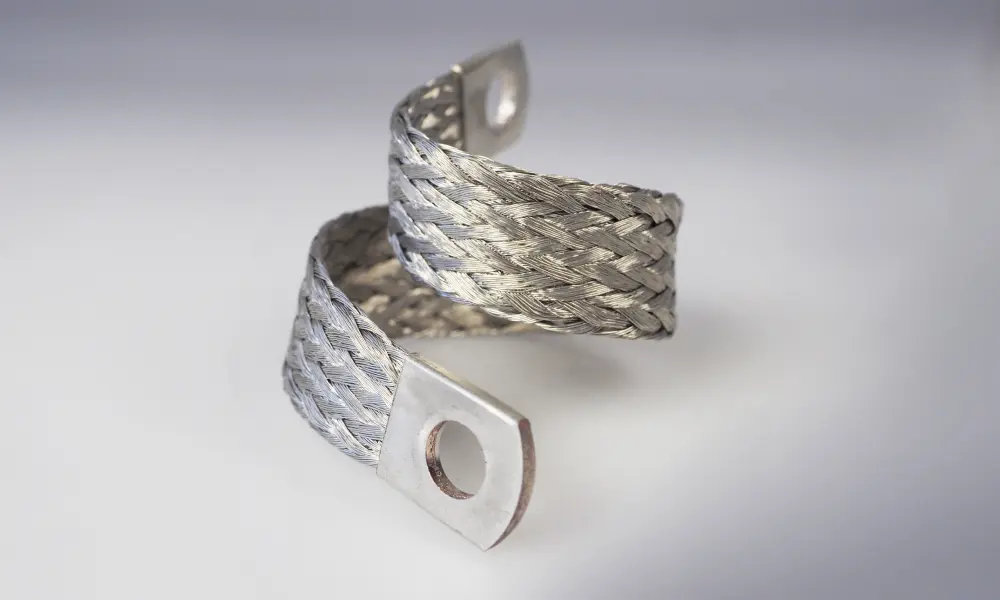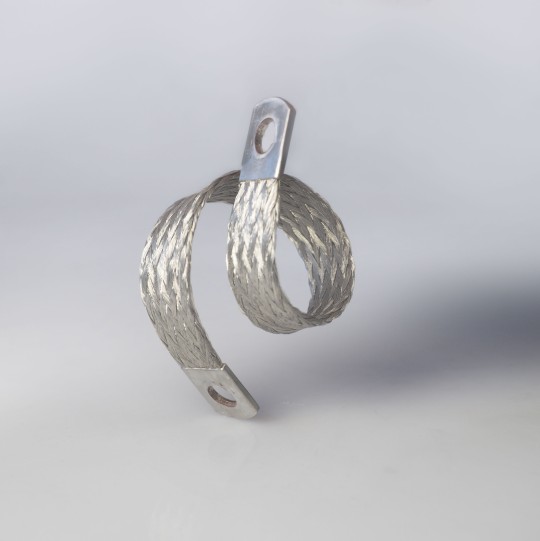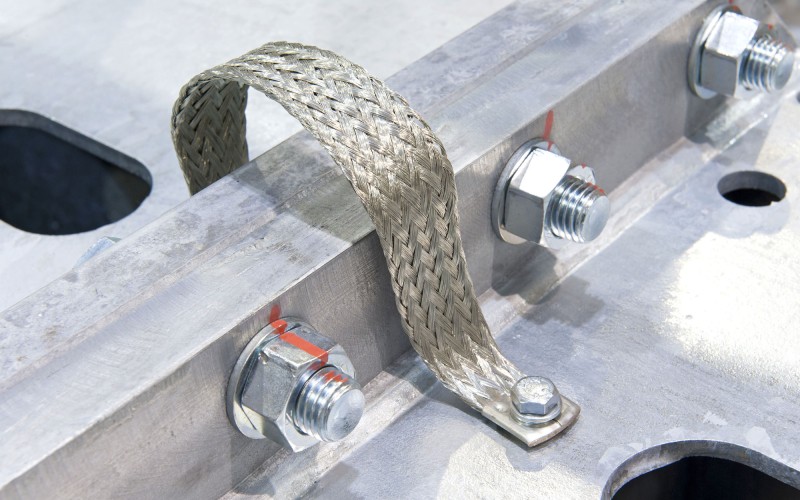Products for Earthing and EMC Applications
HELUKABEL has new cables and accessories for earthing and EMC applications for the automotive industry in its product range. Find out here.

1. Understanding grounding (earthing)

1.1 What is grounding?
Grounding (earthing) is the process of connecting electrical equipment or power systems to the earth through a conductor or grounding system to ensure safety and operational stability. Grounding protects people and equipment from the risks of electric shock or damage caused by leakage currents. In addition, grounding plays an important role in stabilizing voltage and reducing electromagnetic interference within the system.
Common materials used for grounding include copper, galvanized steel, or high-conductivity alloys. Grounding systems are widely applied in residential, industrial, and power distribution projects, in compliance with technical standards such as IEC, IEEE, or TCVN (Vietnamese Standards).
1.2 Importance of grounding
Grounding is one of the most critical factors in the design and operation of electrical systems, ensuring safety for both humans and equipment. A proper grounding system provides a safe path for leakage currents or unwanted fault currents to dissipate into the earth, thereby reducing the risk of electric shock, fire, and equipment damage.
Furthermore, grounding helps stabilize voltage levels in the system, protecting sensitive electronic devices against overvoltage phenomena such as lightning strikes or abnormal voltage fluctuations. A well-designed grounding system also reduces electromagnetic interference (EMI), ensuring reliable performance of electrical equipment and communication systems.

2. What is an earthing cable?
An earthing cable (grounding cable) is a type of electrical conductor designed to connect electrical equipment, power systems, or circuits to the grounding system. The main purpose of an earthing cable is to provide a safe path for leakage currents or unwanted fault currents to flow into the earth, thereby protecting people and equipment from the risks of electric shock, fire, or damage due to overloads.
Earthing cables are typically made from highly conductive and durable materials such as copper, aluminum, or galvanized steel, ensuring excellent conductivity and corrosion resistance in harsh environments. According to international standards, earthing cables are usually identified by a green-and-yellow striped insulation, making them easy to distinguish within an electrical installation.
The installation of earthing cables is a mandatory requirement in both residential and industrial projects, in compliance with technical standards such as IEC 60364, IEEE 80, or TCVN 4756. An effective grounding system not only ensures electrical safety but also helps stabilize voltage levels and minimize electromagnetic interference (EMI).
Grounding and equipotential bonding are becoming increasingly important in industrial applications. This is because more machines and systems are now operating in close proximity, causing their electromagnetic fields to influence one another. To prevent disruptions caused by electromagnetic compatibility (EMC) issues, HELUKABEL provides a wide range of solutions that allow you to easily implement a reliable grounding and equipotential bonding system while minimizing installation effort.
3. Products for Earthing and EMC Applications
3.1 CU-Earthing Strap
- For EMC applications (interference elimination)
- Rounded contacts
| Material: | Technical data: |
|
|
| Application areas: | Note: |
|
|

3.2 Stranded Copper Wire
| Structure: | Application areas: |
|
|

3.3 ADI Wire End Ferrules, insulated, DIN 46228, CSA /US
| Properties: | Material: |
|
|
| Technical data: | Note: |
|
|

3.4 HELUCHAIN PROFINET 24V POWER PVC /+ FE PVC
| Technical data: | Properties: |
|
|
| Application areas:In dry / damp rooms (not for outdoors) PROFINET-conforming, highly flexible, PVC drag chain cable In the automotive industry for measurement and control systems with frequent lifting and bending stress Machine and tool construction Permanently moving machine parts | |



